The Player Plan: Is Dylan Moore ready to move from utility player to everyday second baseman for the Mariners?

Compared with the 20 years of struggles to find a competent and productive starting left fielder, or the failures at shortstop after the departure of Alex Rodriguez, or the recent revolving door at first base, the Mariners’ instability and inconsistency at second base is far less dramatic.
But that doesn’t mean it’s been a position of great production since Bret Boone in 2001. Jose Lopez took over in 2006 and slowly ate and played his way to third base and out of MLB. Chone Figgins played an entire season in 2010 and like all of his time in Seattle, it was a disappointment. Dustin Ackley, the No. 2 overall pick in the 2009 draft, was supposed to hold the position for years. He played only one full season at second base.
Seattle signed Robinson Cano to a 10-year, $240-million contract in the 2013 offseason. That lasted for four largely productive seasons, from 2013-17 before a trade to the New York Mets.
Seattle hoped Dee Strange-Gordon would play himself into a trade in 2019. Injuries prevented that possibility.
Last season, the Mariners gave Shed Long Jr. the everyday job based on a strong finish to the 2019 season. Midway through the shortened 2020 season, Long, who was battling a shin injury and struggling at the plate, lost the job.
Now it appears Seattle will give Dylan Moore every chance to capitalize on a strong 2020 and take over at second base entering next season.
Is he ready to be an everyday player at one position instead of a versatile utility player that can play anywhere?
Moore didn’t play until Seattle’s fifth game of the 2020 season, starting in left field against the Angels. He went 2 for 3 with a double and a run scored. He started the next night and tallied two more hits, including a three-run homer in a 10-7 Mariners victory.
One of manager Scott Servais’ basic philosophies is “if you hit, you’ll play.”
Moore kept hitting and playing. Over his first 20 games, he posted a .297/.381/.568 slash line with five doubles, five homers, 10 RBI, seven walks, 23 strikeouts and six stolen bases.
A sprained right wrist and trip to the injured list delayed his torrid production for 10 games.
Moore returned to play 17 more games, posting a .220/.352/.441 slash line with four doubles, three homers, seven RBI, seven walks, 18 strikeouts, five hit-by-pitches and six stolen bases. One of those hit-by-pitches was a fastball to the helmet on Sept. 20 that eventually landed him on the seven-day concussion list and ended his season.
General manager Jerry Dipoto called it a “breakout” season for Moore while Servais lauded his performance at the plate, particularly how hard he was hitting the ball.
Offseason focus: Moore knows the starting second-base job is now his to lose.
Technically, he will compete with Long for the starting job. But judging from what Servais and Dipoto have said, Moore will have the first opportunity.
“ Dylan has been more consistent at the plate throughout last season. Both will get chances in spring training to play a bunch, you have to see how it plays out. But Dylan has earned the right to get more regular time at second base.”